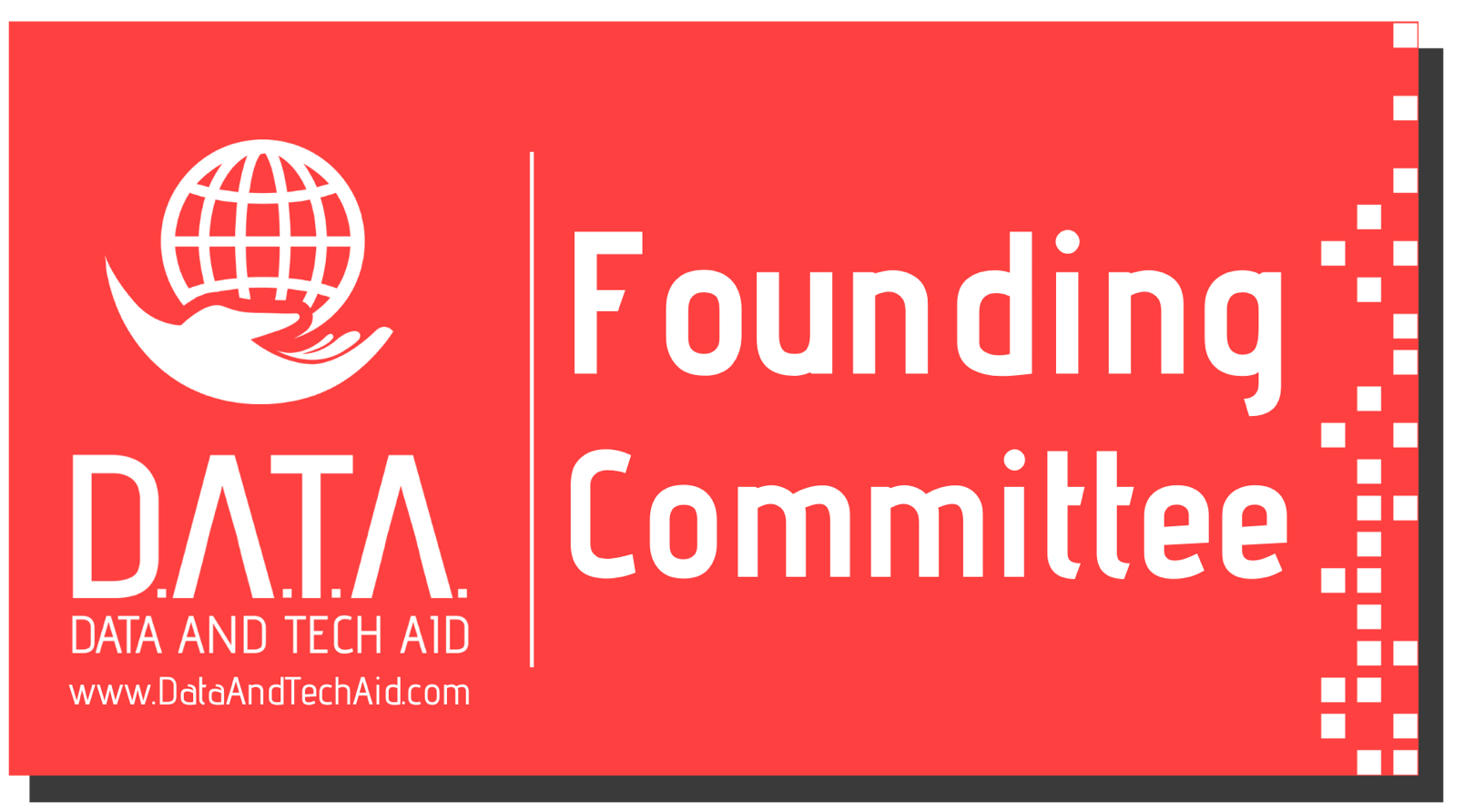Does it have to be called Data Governance?
/This is a question that I get asked fairly regularly. After all it is not an exciting title and in no way conveys the benefits that an organisation can achieve by implementing Data Governance. Sadly however, there is no easy yes or no answer. There are a number of reasons for this:
Data governance is a misunderstood and misused data management term
Naturally I am biased, but in my view, data governance is the foundation of all other data management disciplines (and of course therefore the most important). But the fact remains that despite an increasing focus on the topic, it remains a largely misunderstood discipline.
On top of this, it is a term which is frequently misused. A few years ago, a number of Data Security software vendors were using the term to describe their products. More recently the focus on meeting the EU GDPR requirements has led to a lot of confusion as to whether Data Protection and Data Governance are the same thing and I find that the terms are being used interchangeably. (For the record, having Data Governance in place does help you meet a chunk of the GDPR requirements, but they are not the same thing).
Having more people talking about Data Governance is definitely a good thing, but unless they are all meaning the same thing, it leads to much confusion over what data governance really is.
I explored this topic in a bit more detail in this blog: Why are there so many Data Governance Definitions?
In order to understand whether Data Governance is the right title for your organisation to call it, I would start with looking at how you define data governance. And this step leads nicely to the next item for consideration.
Sometimes it is right to include things which are not pure data governance in the scope of your data governance initiative.
This is a topic that I covered in my last blog which you can read here.
To summarize that article, it is just not possible to have one or more people focus purely on Data Governance in smaller organisations. It’s a luxury of large organizations to be able to have separate teams responsible for each different data management discipline (e.g. Data Architecture, Data Modelling or Data Security). Going back to my point above, if data governance is the foundation for all other data management disciplines, it is only natural that the line between them can sometimes get a little blurred. As a result of this, the responsibilities of the Data Governance Team can get expanded.
So consider what is included within the scope of your data governance initiative and decide whether it be more appropriate to name the initiative and your team (either or both) something that is more aligned to the wider scope of the initiative and activities of the team.
Is the name going to make cultural change harder to achieve?
Achieving a sustainable cultural change is one of the biggest challenges in implementing data governance and insisting on calling it “data governance” could make achieving that cultural change more difficult if the term doesn’t resonate within your organization. This is related to a topic that I explored in another old blog Do we have to call them Data Owners?
Whether we’re talking about the roles, the team, or even the initiative the same principles are true. It is better to choose a name that works for the culture in your organization than to waste considerable effort trying to convince people that the “correct” terminology is the only one to use.
It would be my preference to explain that the initiative is to design and implement a Data Governance Framework, but if the primary reason for implementing data governance is to improve the quality of your data, perhaps calling it the “Data Quality Team” and “Data Quality Initiative” would fit better? After all, that very much focuses on the outcome of what you’re doing. It also addresses the question that everybody asks (or should ask) when approached to get involved in data governance of “why are we doing this,” which is usually followed by “what’s in it for me?”
When having these conversations, I explain the initiative in terms of its outcomes (e.g. better quality data which will lead to more efficient ways of working, reduced costs and better customer service). That is a far easier concept to sell rather than implementing a governance structure, which can sound dull and boring.
Is the name causing confusion?
In the early days of a data governance initiative, the talk is all about designing and implementing a data governance framework. Once this work has been achieved you start designing and implementing processes which have “Data Quality” in their titles:
Data Quality Issue Resolution
Data Quality Reporting
I have been fortunate enough to work with organizations in the past who have had both a Data Governance Team (supporting the Data Owners and Data Stewards) and a Data Quality Team (responsible for the processes mentioned above) but that is fairly unusual in my experience. It is more common for the Data Governance Team to support the above processes. So it is worth considering whether it would confuse people if they had to report data quality issues to the Data Governance Team?
In summary, I would not want to miss the opportunity to educate more people on what Data Governance really is. But the banner under which it is delivered can be altered to make your data governance implementation both more successful and more sustainable. So if having considered all the points above in respect of your organization and you want to call it something else, then that is fine with me.
Deciding what to call your initiative is only the start of many things you need to do to make your Data Governance initiative successful. You can download a free checklist of the things you need to do here. (Don't forget this is a high level summary view, but everyone who attends either my face to face or online training gets a copy of the complete detailed checklist which I use when working with my clients.)









